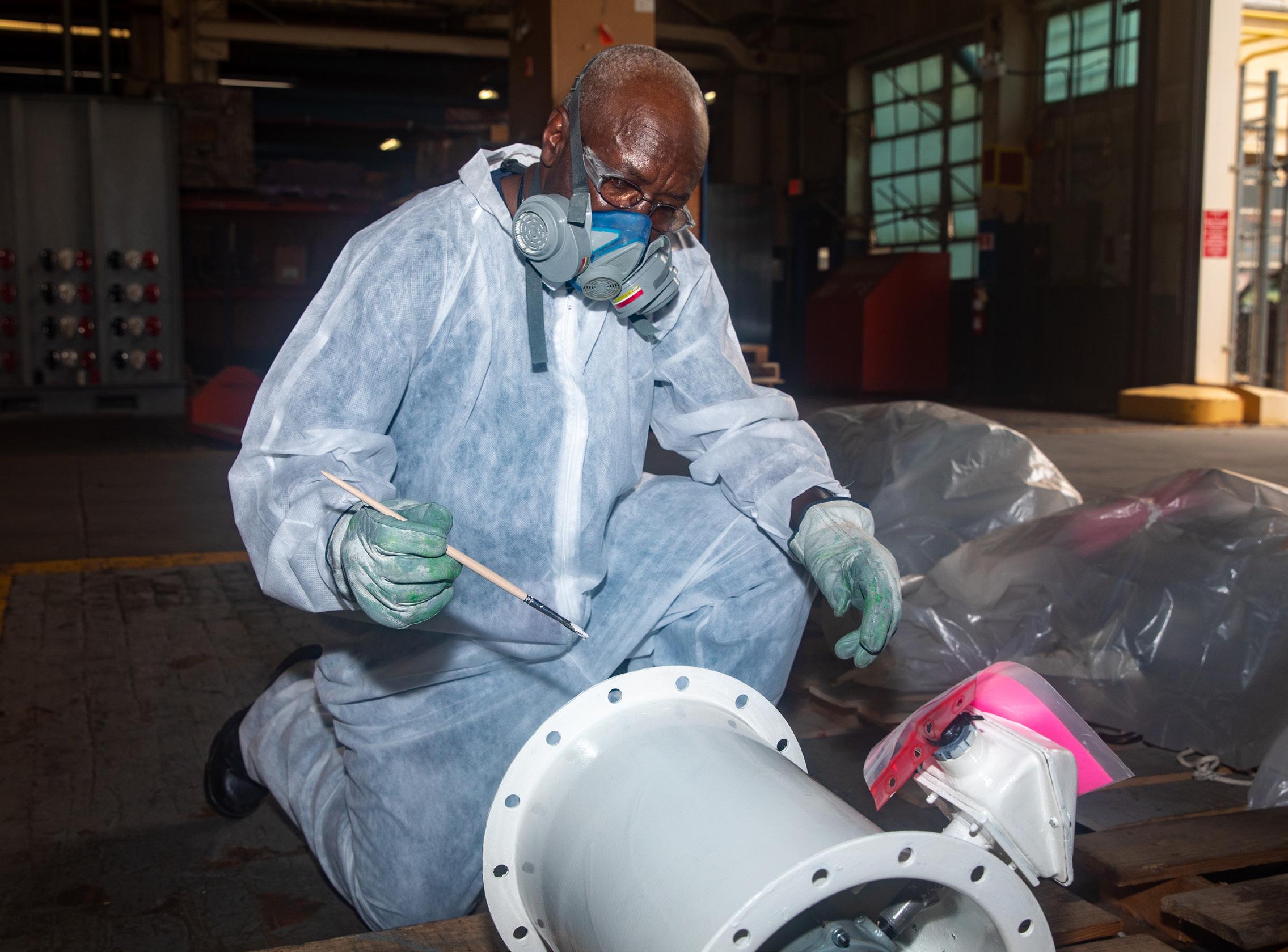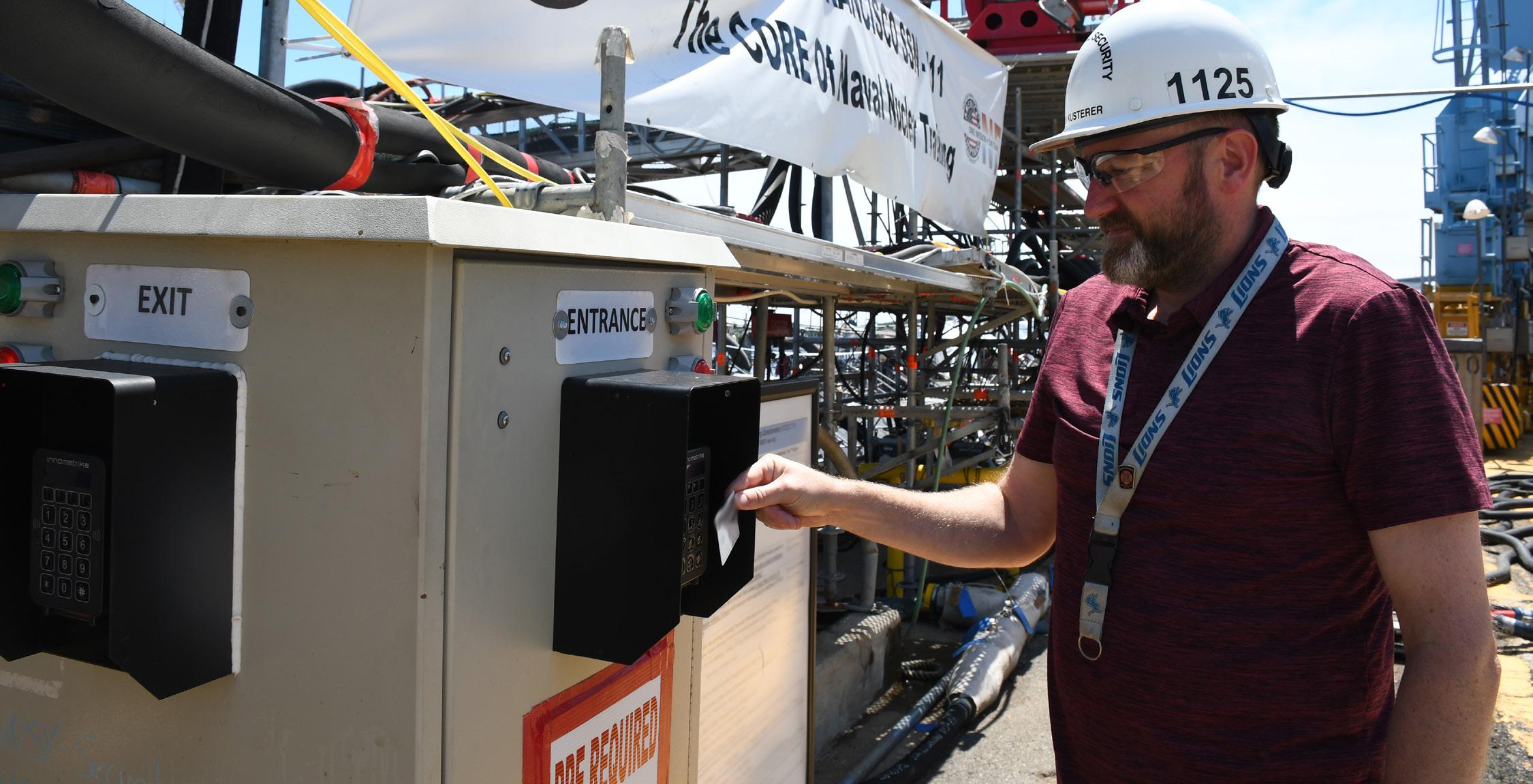FIREWORKS SAFETY:
USE YOUR HEAD OR RISK LOSING SOME FINGERS BY JASON SCARBOROUGH • PUBLIC AFFAIRS SPECIALIST The Fourth of July and fireworks go hand-in-hand. Yet, the thrill of fireworks can also bring pain. On average, 243 people go to the emergency room every day with fireworks-related injuries in the month of July alone. This year’s July 4th holiday may look different than last year’s celebration. With a large number of Americans now vaccinated, many may opt to have large celebrations at home as COVID-19 restrictions are more relaxed. If you are hosting an at-home gathering for Independence Day, can make sure your backyard celebration does not end up with a trip to the hospital for fireworks-related injuries by following simple safety precautions. Tips to Celebrate Safely: • Never allow young children to play with or ignite fireworks, including sparklers. • Keep a bucket of water or a garden hose handy in case of fire or other mishap. • Light fireworks one at a time then move away quickly. • Never try to relight or handle malfunctioning fireworks. Soak them with water and throw them away. • Never place any part of your body directly over a fireworks device when lighting the fuse. Move to a safe distance immediately after lighting fireworks. • Never point or throw fireworks (including sparklers) at anyone. • Never carry fireworks in a pocket or shoot them off in metal or glass containers. • Make sure fireworks are legal in your area, and only purchase fireworks that are labeled for consumer (not professional) use. • After fireworks complete their burning, douse the spent device with plenty of water from a bucket or hose before discarding the device to prevent a trash fire.
The U.S. Consumer Product Safety Commission (CPSC) announced there was an estimated 10,000 fireworks-related, emergency department-treated injuries and 12 fireworks-related deaths reported in June 2020 for calendar year 2019. Of those, 73 percent occurred during the period surrounding the Fourth of July (June 21-July 21). Also, during that period, sparklers were the number one cause of injuries, accounting for an estimated 900 injuries. In previous years, young children could be found along parade routes and at festivals with sparklers in hand, but sparklers are a lot more dangerous than most people think. Sparklers burn at about 2,000 degrees – hot enough to melt some metals. Sparklers can quickly ignite clothing, and children have received severe burns from dropping sparklers on their feet. According to the National Fire Protection Association, sparklers alone account for more than 25 percent of emergency room visits for fireworks injuries. For children under five years of age, sparklers accounted for nearly half of the total estimated injuries. Similar to 2018’s data, nearly half of the estimated injuries were to individuals younger than 20 years of age. In fact, half of reported sparkler injuries involved children younger than five. Fireworks can be dangerous, causing serious burn and eye injuries. Fireworks safety and awareness can help prevent fireworks-related injuries and death. Practicing the proper fireworks safety measures will safeguard you, your friends and family members, while continuing to enjoy the time honored tradition of fireworks on the Fourth of July.















